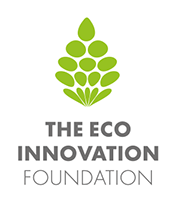The challenges
- Escalating urban development deficit in the tropical part of the world
- Rural poverty and under-development
- Ecosystem degradation and biodiversity loss
- Climate change – our existential threat, which exacerbates the urban and rural challenges above:
- Urban current building technologies unacceptable – will break the climate budget
- Rural vulnerability of degraded lands to heat, storms and flooding
The Opportunities
- Modern wood building technology – makes possible an alternative to the traditional urban community – one that restores rather than depletes its natural surroundings
- Vast degraded and under-utilized landscapes
- Human constructive energy – Entrepreneurship
The Wood Solution
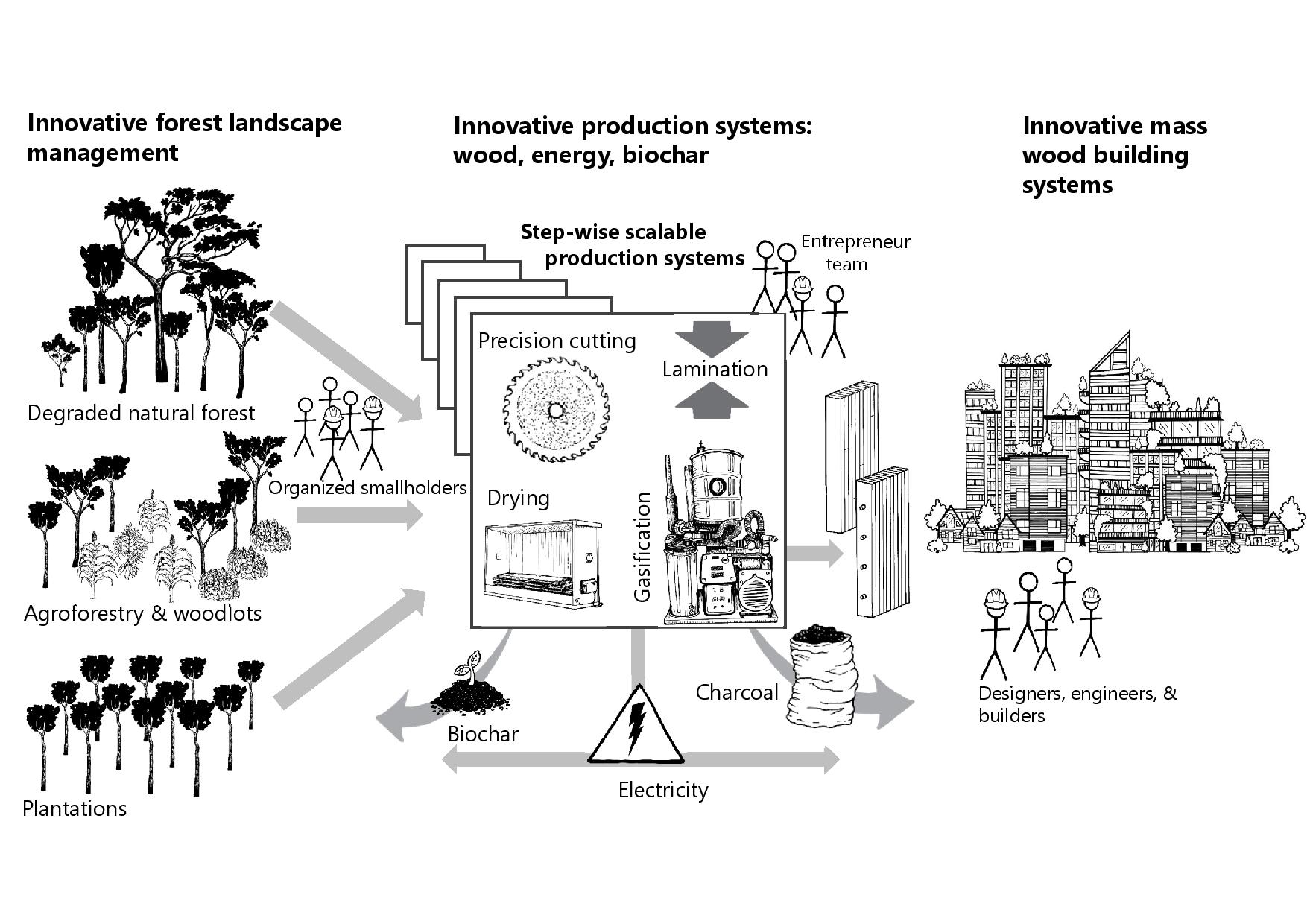
- Modern wood building – adapted to tropical conditions both meets growing housing needs and drives value creation throughout a new and integrated tropical timber industry
- Restorative timber-based landscape management – Forest management is adapted to restore and regenerate forests while extracting market-viable wood products and by-products. The system utilizes small and medium-dimensional timber from all parts of the landscape including degraded and secondary natural forests, woodlots, agroforestry, and plantations. The different sources of timber reinforce each other, but this must be fostered from the start.
- The biohub system
- Makes restorative forest management and utilization of small-dimensional timber possible. It is adapted to the current conditions and all three timber sources (thus places value on management of trees)
- Counters leakage effects by enabling intensified agriculture and energy for cooking and electricity
- Entrepreneurship
- Can start small and expand stepwise
- Sound business cases for all sub-systems
- Real markets based on real needs
- Builds skills and knowledge – which builds innovation systems – which builds industries
- A criteria-based financial model for sustainable urban development and carbon- negative industrial growth
- Thanks to the of the wood building and forest restoring value chain, climate funding can act as the initial lever, via the 6th article in the Paris agreement
- International real estate/infrastructure funds with climate and sustainability agendas are looking for green projects to co-finance
- Municipalities set criteria for sustainable urban development and sourcing from local green industry (whom in turn must meet quality and sustainability criteria to qualify)
Impacts
- Reversing forest degradation and deforestation
- 6-fold carbon effect:
- Stop to deforestation and degradation
- Sequestration in regrowing forest
- Substitution of local fossil energy and depleting firewood
- Biochar as soil enhancement
- Substitution of traditional construction
- Storage in long-lived city structures
- Urban prosperity and well-being
- Resilient landscapes
- Economic development – A new robust sector
The carbon drawdown effect
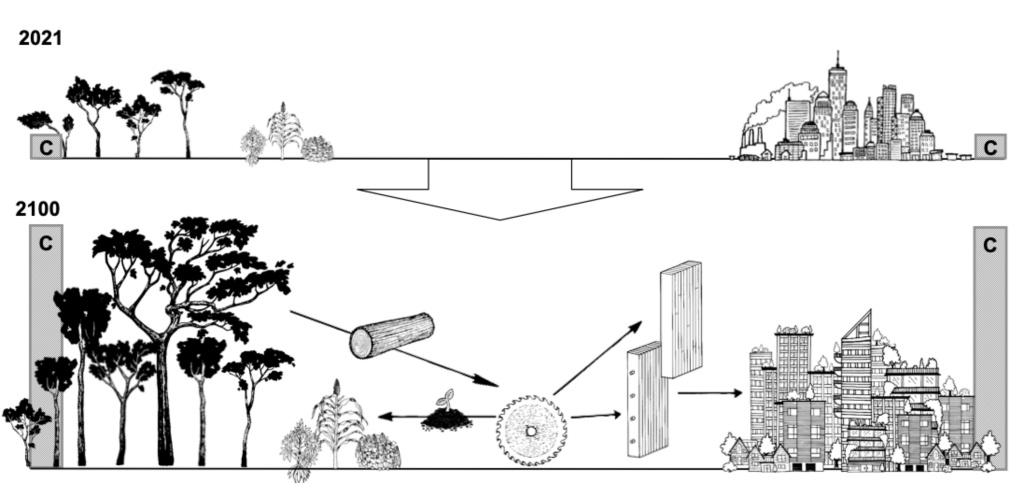
Over time carbon stocks are built up in parallel: absorbed in the trees and soils of the regenerating landscapes, and stored in the structures of the expanding cities.
Who we are

Aaron Kaplan, Eco-Innovation Foundation
Aaron has an academic background in international business, sustainable urban development and entrepreneurship. He started the Stockholm Cleantech business network in 2008, focusing on leading small- and medium-sized enterprise (SME) entrepreneurs, and has acted as facilitator to city developers of green profile city districts. Before this he acted as business coach to corporations based on inclusivity, vision-setting and sensemaking.

Klas Bengtsson, Eco-Innovation Foundation
Klas, who holds an MSc degree in Forestry, co-developed the integrated approach in the Swedish forestry industry and has since turned his focus to tropical forests. He has more than 30 years of professional experience in systems innovation, forestry and entrepreneurial training programs, and forest certification.
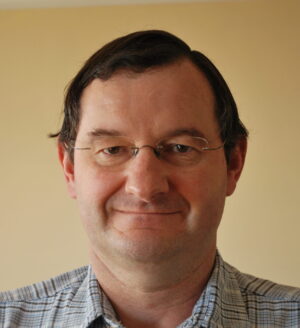
Berty van Hensbergen, Eco-Innovation Foundation
Berty is one of the foremost experts on management of miombo woodlands and has been involved in developing forest management models for natural tropical forests since 2000. He holds a PhD from Cambridge University, was a professor at Stellenbosch until 1999, and has since consulted in sustainable forest management and certification.
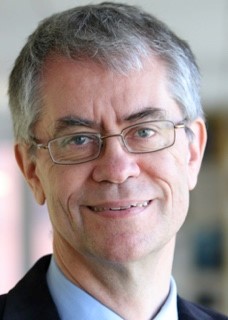
Lars Laestadius, Eco-Innovation Foundation
Lars is a sustainability strategist with 40 years of professional experience in the forest sector. He is an advisor to Kinetic Geo (a software company), a Fellow of the Global Evergreening Alliance, and a Fellow of the Royal Swedish Academy of Agriculture and Forestry. While Senior Associate at the World Resources Institute, Lars led work on an assessment of the global opportunities for forest and landscape restoration.

Kofi Debrah, OKO Forests
Kofi is a community builder. He is currently developing a farmer-led agroforestry buffer zone that will surround Kogyae Strict Nature reserve in Ghana’s Forest Transition Zone. Kofi received a bachelor’s degree in Social Anthropology from the University of Southampton. His work focuses on rural economic development to mitigate the need for farming communities to degrade landscapes. Kofi is a graduate from the IV Cohort of the World Bank (Ghana) Climate Innovation Centre.

Amen Hultström, SOZO Consulting
Amen has 10 years of experience in business development, project management and promotion. She is well-known for creatively designing tailor-made solutions for small- and medium-sized businesses and creating partnerships to achieve company goals. Amen is adept at analyzing and improving business processes, networking, training and has an exceptional ability to motivate others and create team spirit.
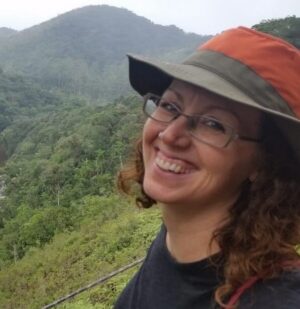
Rosa Goodman, Associate Professor, Swedish University of Agricultural Sciences (SLU)
Rosa is a researcher and coordinator on a mission to harness the power and support of global goals and agendas to find solutions that work from the bottom up. She is an expert in tropical forest carbon dynamics and has worked with NGOs, research institutions, and think-tanks to design large-scale forest management and conservation strategies in the context of climate change mitigation and sustainable development. She is currently leading research and building a team to bring the Wood Solution to life.
Safeguards
We believe in designing a system which has as much safeguards as possible built-in. This means that when the system is implemented, through its own logic, it creates path- dependency towards rural restoration and urban well-being and closes out destructive activities. Here are some examples of how these safeguards are built into the Wood Solution.
Safeguards in the system itself:
- Construction-grade wood – for regional markets demand a long-term view of the timber supply. Investments in local processing are only viable when a long-term quality timber supply is secured. This drives and rewards active management, regeneration, control and protection of trees.
- For tropical regions this is a different system from both pulp plantations and the traditional tropical timber market.
- Local high value markets – When there is a regional high-value market for wood products, people will be incentivized to restore, manage, and protect forests and add trees across the landscape at large scales. In many cases, people would prefer to manage their forests and farm sustainably, but poverty drives them to other activities (ie, illegal logging and mining). Thus, adding more value locally will enable people to generate legal and sustainable incomes.
- System technology – The system is designed for small-medium diameter logs and thus does not create a market for timber from primary high conservation value
forests, which should be protected. On the contrary the potential magnitude and value of the restorative timber industry will work to effectively outcompete and replace illegal and degrading forest activities. - Investor criteria – the opportunity of climate based sustainable urban financing will be based on climate, social and environmental criteria, which in turn will drive transparency and chains of certification, e.g. Green bonds, FSC project, Breeam, Leed etc.
